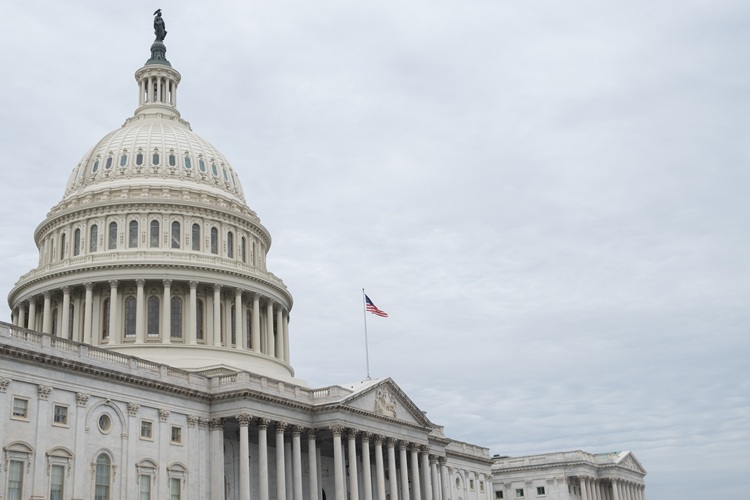Introduction
The high cost of U.S. health care presents a consistent challenge for policymakers. Total spending now
reaches nearly $5 trillion per year with federal outlays accounting for $1.9 trillion, or 27% of the federal
budget. Spending on public programs, like Medicare and Medicaid, directly strain the federal budget and are a major contributor to the nation’s long-run fiscal imbalance. High costs in the commercial health care market—where roughly 153 million people obtain coverage—increase premium costs for employees and employers. The total premium costs for an employer-sponsored insurance plan for a family now averages over $25,000. That number is large relative to the median household income of roughly $80,000 and contributes to lower wage growth and employment.
There are, thus, broad potential benefits to moderating the growth of health care spending. Successful efforts to do so can improve the country’s long-run fiscal outlook, increase wage growth for workers, lower out-of-pocket costs, increase available funds for other policy goals, and much more. However, this does not argue in favor of indiscriminate cuts to health spending. A large portion of health care spending goes towards services or products that deliver significant value. Reducing spending in those areas is likely to lower welfare. Instead, policy should be designed to target settings where the link between spending and value is most tenuous.
